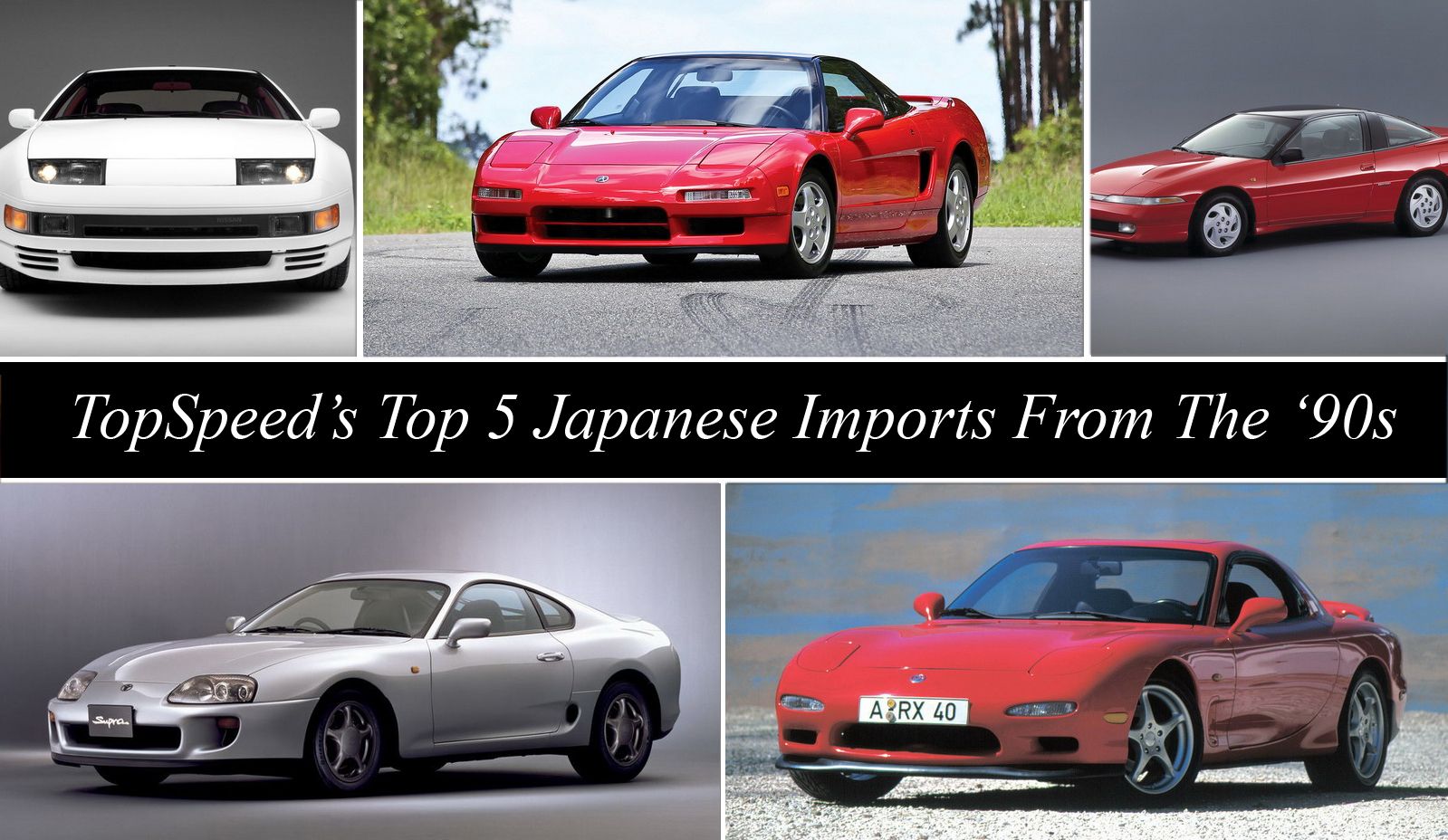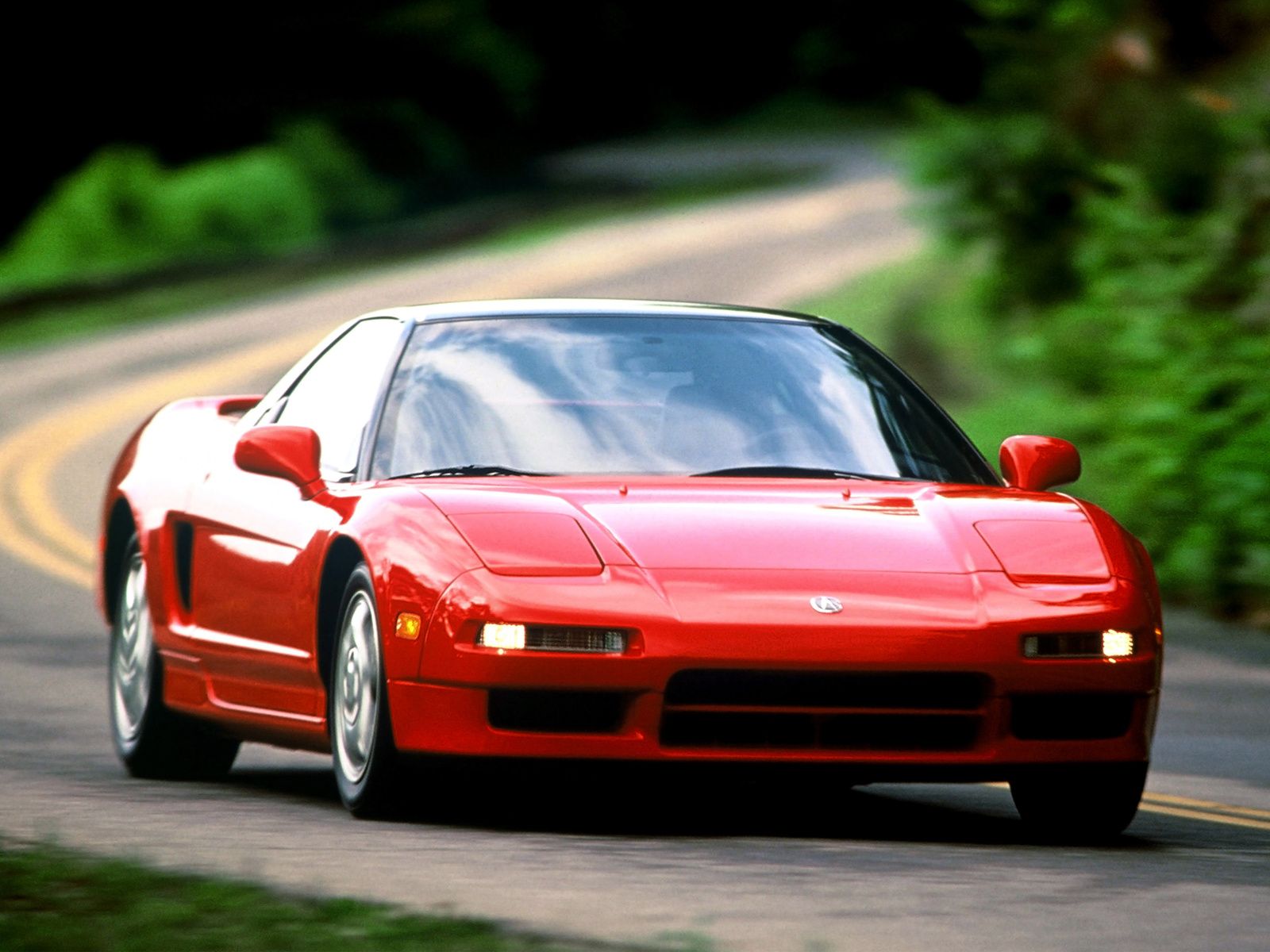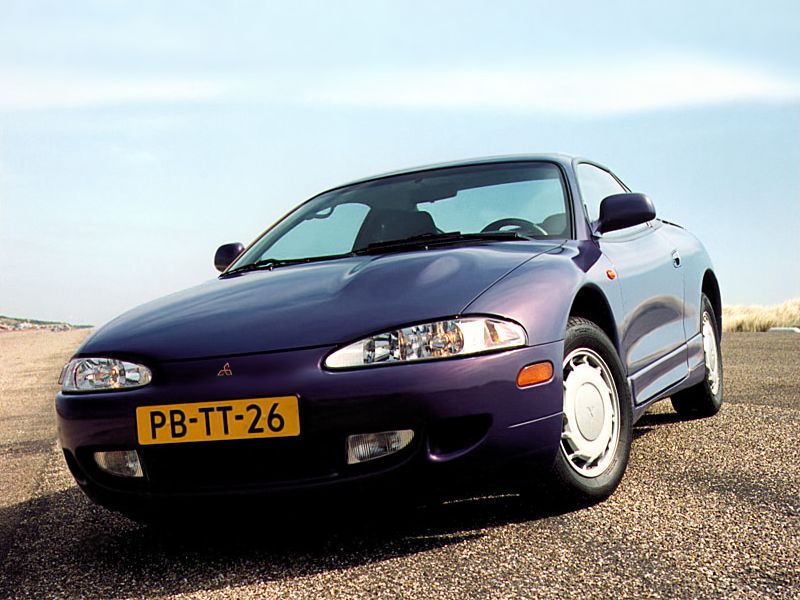The ‘90s were a special time. The Sega Genesis wowed gamers with 16 bits of raw processing power, Seinfeld was the funniest thing on cable television, and the Internet still promised enlightenment and the free exchange of information, rather than a tsunami of celebrity social media rants. But without a doubt, some of the greatest things about the ‘90s were the cars, specifically those sporty offerings hailing from The Land of the Rising Sun. The decade produced a huge number of exciting, fun-to-drive Japanese imports, and truly defined the “tuner culture” we know and love today. As such, we’ve collected five classics from the era for your nostalgia-filled reading pleasure.
Picking just five ‘90s-era Japanese imports wasn’t easy, and we’re quite certain more than a few of you readers out there will feel snubbed by the fact your favorite wasn’t included. Hell, even some of the staff are a little miffed (sorry Robert, no Acura Legend this time!). If that’s the case, post your pick in the comments so we can all get in on the feels.
So with that, grab your K&N air filter, break out your Video Option tape, and keep on reading.
Continue reading for TopSpeed’s Top 5 Japanese Imports From The ‘90s.
TopSpeed’s Top 5 Japanese Imports From The ‘90s
Acura NSX
Also known as the Honda NSX, this two-door mid-engine speed slab first hit the scene in 1990, boasting 270 horsepower and 210 pound-feet of torque thanks to a 3.0-liter V-6 powerplant. While those numbers might look a bit underwhelming by modern standards, the first-gen NSX was considered mighty quick for its time, especially with its revolutionary lightweight, all-aluminum, semi-monocoque construction. And with respected names like Ayrton Senna and Satoru Nakajima credited with the car’s development, the NSX’s performance cred was never in doubt. With exotic styling outside, high-tech bones underneath, and a relatively affordable price tag stuck on the window, the first-gen NSX was framed as the everyday supercar, and is still considered a classic by modern Japanese motoring enthusiasts.
Read the full review here.
Mazda RX-7
The first RX-7 hit the streets in 1978, but by 1991, the nameplate had evolved into the third-gen FD. Sporting jaw-dropping styling, a unique front-/mid-mounted twin-turbo rotary engine, a curb weight under 3,000 pounds, and legendarily refined handling, the FD RX-7 helped to underline Mazda’s claim to producing cars packed with zoom-zoom. Output was rated at 255 horsepower and 217 pound-feet of torque, but some configurations got as much as 276 horsepower before it was all said and done. Unfortunately, issues over reliability and emissions put an end to the RX-7 in 2002, but the icon lives on in racing and drifting events to this day.
Read the full review here.
Mitsubishi Eclipse
These days, it seems like sport compacts outfitted with AWD grip and turbocharged power are a dime a dozen, but back in the ‘90s, it was the Mitsubishi Eclipse (a.k.a. the Eagle Talon, Plymouth Laser, or DSM) that helped to pioneer the trend. While FWD and naturally aspirated engines were more common, trims levels like the GSX demonstrated the speed potential that was possible with relatively few modifications. If you were fortunate enough to have one with a 4G63T under the hood, the formula went something like this – free up the breathing, add more fuel, then crank of the boost, and voila, you’re ready to dominate at the drag strip.
Read the full review here.
Nissan 300ZX
Since its introduction in 1969, the Nissan Z has been considered a mainstay of Japanese performance machines. By the time the four-gen 300ZX (Z32) model arrived in 1990, the design had acquired a considerable amount of girth, but made up for it with new technology and a good deal of power. Helping to turn the two-door was active rear-wheel steering called “Super HICAS,” a system first introduced on the Nissan Skyline, while mounted in the nose was a 3.0-liter twin-turbo V-6 producing a neck-jerking 300 horsepower and 283 pound-feet of torque. It’s a muscle-bound street cruiser, and well executed, this thing has enough presence to turn innumerable heads.
Read the full review here.
Toyota Supra
The Supra is another one of those classic Japanese nameplates that seemed to peak in the ‘90s, with Toyota introducing the fourth-generation A80 in 1993. With its front-mounted, twin-turbo, 3.0-liter inline-six engine routing boosted motivation to the rear axle, plus undeniably attractive styling and surprisingly rewarding handling, the Supra is considered a true performance superstar capable of running with rivals far outside its price range. That’s doubly so if you start applying some aftermarket parts to the powertrain, as some examples have reportedly laid down four-figure horsepower numbers on stock engine internals.
Read the full review here.



